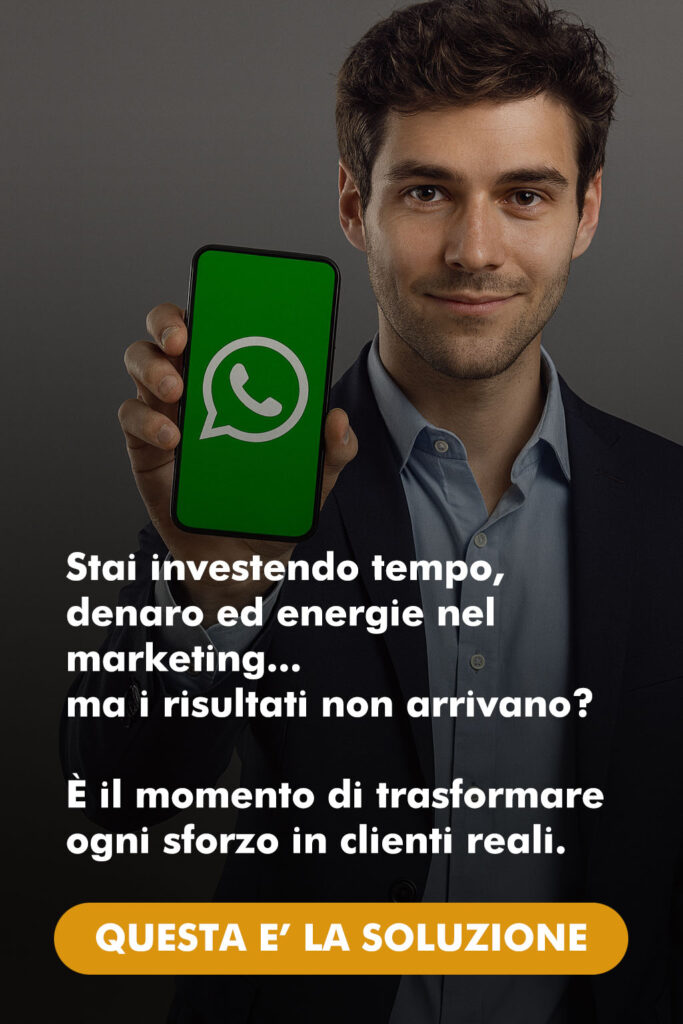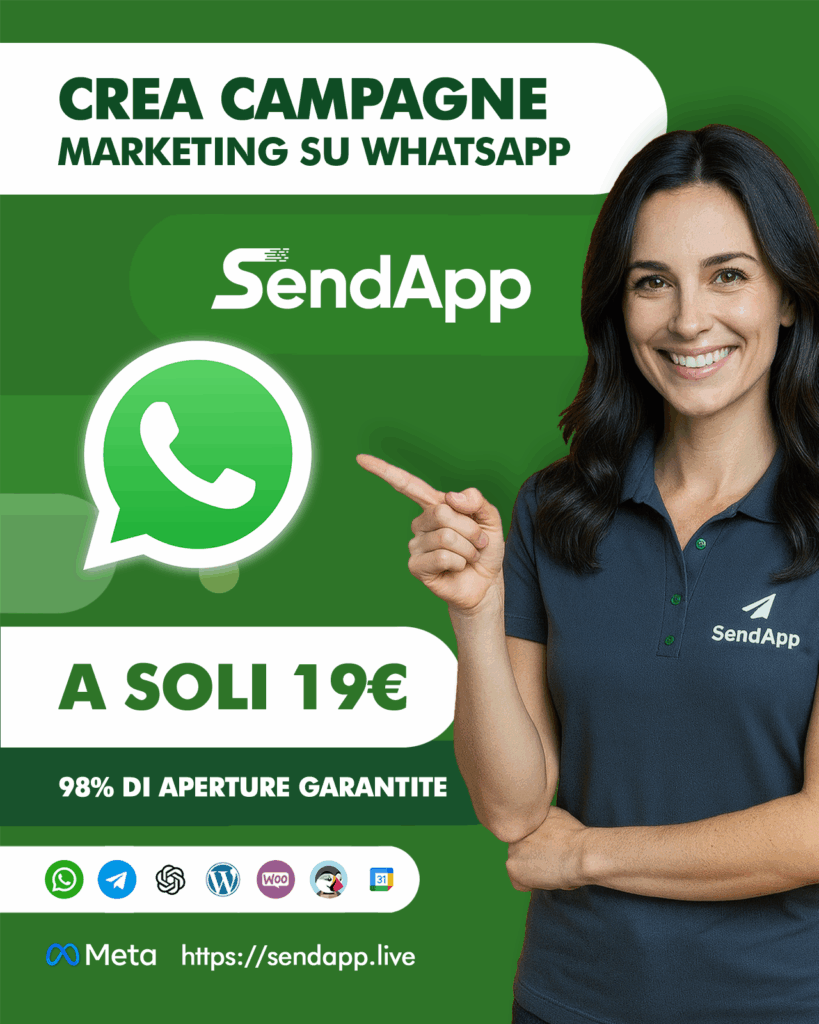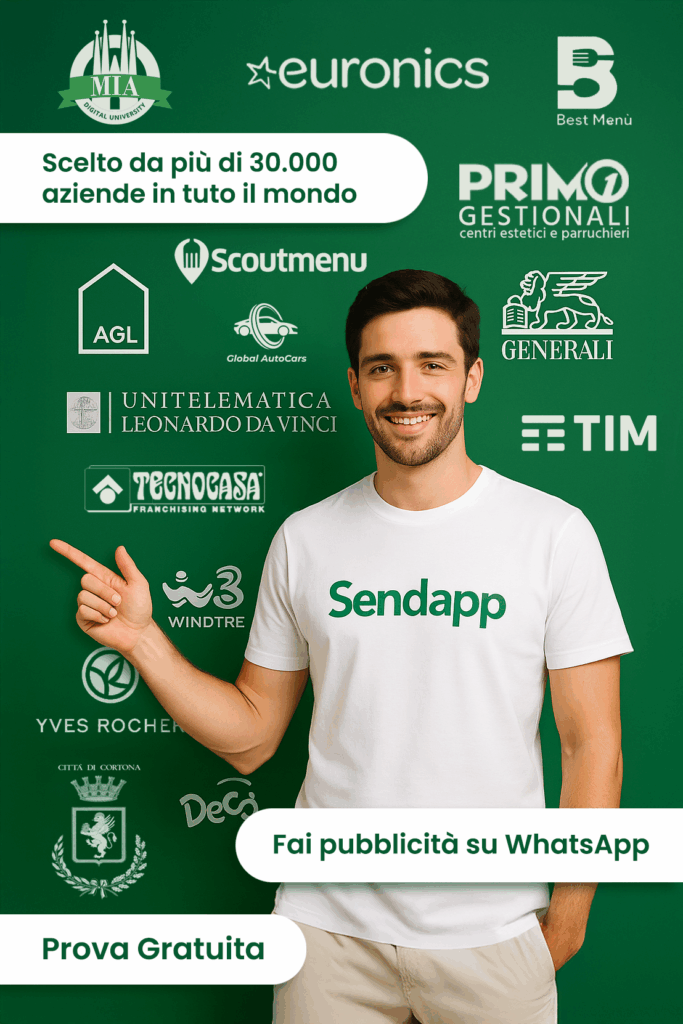Imagine a situation where you are marketing to a customer and it doesn’t even feel like marketing. How can you get to this state? A great option is to speak with your customer on a channel they use frequently and are very comfortable with – WhatsApp. The messaging channel has become extremely popular as it allows for engaging, one-to-one interactions. WhatsApp Marketing Guide.
In fact, messaging apps have grown even bigger than social networks¹ With 2 billion users WhatsApp is the biggest messaging app of all time. But despite its widespread popularity, only 7% of marketers have used WhatsApp for business.²
As a marketer, what can you infer from this? At the least, it means WhatsApp marketing is a relatively untapped niche and can give early starters an edge over the competition.
As you would know, most of the popular advertising platforms like Facebook and Google have leveraged user data as an opportunity to target their users with ads. WhatsApp, on the other hand, has taken a more thoughtful approach. Even though it could have used user data to monetize its platform, it has refrained from doing so. And because of this WhatsApp has seen a huge growth in its user base, great open rates, and more opportunities for marketers to break through the noise and have personalized interactions with their users.

WhatsApp has introduced business tools like WhatsApp API and WhatsApp business app to help businesses use it as a marketing tool. These tools were created to empower businesses to connect with customers, foster engagement, and generate leads. Depending on the organization’s size and outreach, both tools are compatible with a range of marketing strategies. Here is simple WhatsApp Marketing Guide.
Marketing using WhatsApp
Here are the top 7 ways you can use WhatsApp to ramp up your marketing game.
1. Use opt-ins to generate high-quality leads
WhatsApp opt-in is getting your prospects and customers (both new and existing) to agree to providing their number to receive messages and notifications from your business via WhatsApp. However, the app mandates that businesses cannot get this opt-in via WhatsApp itself. It is usually done using a link or a banner shared through your website, mobile app, email, SMS or social media channels. Once clicked, the user is asked to provide his/her phone number and continue to chat with the business on WhatsApp. WhatsApp Marketing Guide.
And because only those people who are genuinely interested in the offerings opt-in, businesses get a pool of high-quality leads. And they tend to be more receptive to marketing communications & offers.
Kaafmeem, a Saudi Arabian Fashion e-tailer has successfully leveraged WhatsApp opt-ins to drive more conversations and achieve business goals. Kaafmeem’s customer service team had traditionally used email and direct calls to handle sales queries, delivery information requests or questions about refunds and replacements. However, to have a direct dialogue with their customers on a user-friendly channel, they started using WhatsApp as the main communication channel, and promoted it on their newsletter, website and Instagram profile.
As a result, their CSAT (Customer Satisfaction) score bumped up to 4.5 and FRT (First Response Time) reduced from 1hr 12min to < 1min. Thus, WhatsApp became the preferred channel of communication constituting 30% of query volume and helped the company build relationships that matter.
2. Build your eCommerce store on WhatsApp with in-app catalogs
In-app product catalog is a great feature for businesses looking to organize, display, and market their goods and services without needing to create a website. WhatsApp’s in-app product catalog showcases your product with the help of an image and description, just like an e-commerce website. This helps users make quick purchase decisions. Payment links can be provided in the chat window itself for users to complete the purchase.

Additionally, as users don’t have to exit the chat to select and evaluate the product, businesses close more deals and reduce drop-offs, providing a unified user experience.
3. Acquire more customers with click-to-WhatsApp ads
Typically when businesses run ads, customers usually get directed to a website. But businesses that don’t have a website can take advantage of “click to WhatsApp” ads that directly take the customer to their WhatsApp business profile. WhatsApp Marketing Guide.
Click-to-WhatsApp ads are created in Facebook Business Manager and can run on Facebook and Instagram. While creating WhatsApp ads businesses can choose their target audience similar to when they run Facebook ads. Also, one should not confuse “click to WhatsApp ads” with “WhatsApp opt-ins”. The “click to WhatsApp ads” are regular ads with CTA (Call to Action) button directing the user towards WhatsApp, whereas the WhatsApp opt-in is a process that gets initiated when a user clicks on a link/banner on your website or mobile app.

4. Generate brand awareness using the Status feature
Since its introduction in 2017, one of the most popular features on WhatsApp is the Status feature, with more than 500 million users using it regularly. Businesses can capitalize on it and run brand awareness campaigns using images, videos, audio, and links.

Source – Buffer
While using the status feature make sure to keep the following in check:
- Avoid having more than 7 stories at a time to avoid drop-offs. The optimal posting length for stories on Instagram is 1-7 stories and as WhatsApp status also works like Instagram stories, the same metrics can be used as a yardstick.
- Use status for announcements (like offers or contests) and product updates.
- Don’t spam and avoid being ‘salesy’.
5. Create contests and campaigns
Due to its instant messaging feature, WhatsApp is a great platform for brand-related contests and campaigns. The key to a successful campaign is to encourage your audience to engage with you directly on WhatsApp.
Here is an innovative campaign launched by Absolut Vodka to communicate an exclusive Absolut Unique launch party in Argentina. In this campaign, they devised a unique WhatsApp based campaign for their limited edition bottles that required users to interact with Sven, a virtual doorman of the party, via WhatsApp and convince him to give the party access. As users got creative this campaign resulted in 3 days of uninterrupted chat with users, a lot of buzz on social media, and more than 1000 images/videos/audio messages to convince Sven. All of this happened by running a campaign using just WhatsApp.
6. Upsell & Cross-sell using WhatsApp bot flows
Did you know that 35% of purchases on Amazon come from product recommendations? You can use the WhatsApp bot flow feature to recommend related products when customers make their purchases and increase order values.

7. Run promotions using broadcast list
The broadcast list is a WhatsApp feature that enables users to send a message to multiple contacts at once. The benefit of using a WhatsApp broadcast list is that it gets significantly better open rates as compared to bulk emails and it gets delivered as a personal message.
While both WhatsApp business app and WhatsApp API can be used to send broadcast messages, there are some limitations when it comes to using the broadcast list from the business app. In the business app, the broadcast message can be sent to only 256 contacts at a time and all the contacts need to have been saved earlier. Whereas with a tool like SendApp which has WhatsApp API integration capability, there is no limitation on the number of contacts businesses can choose to send broadcast messages and there is no need to save contacts, as the contacts are accessed through API calls. So, if you are a business looking to run high volume promotions using the broadcast list, WhatsApp API is the way to go.
8. Collect customer testimonials for social proof
In order to understand customers and increase retention, it’s very important to get customer feedback. While bad reviews help you pinpoint the gaps and improve the business processes, great reviews when used for social proofing can get you more business. Although feedback can be obtained by using survey forms and email, these channels see only 20-30% open rates with even lower response rates. Compared to email, using WhatsApp to collect customer feedback can deliver much better results as the open rates are an extraordinary 99% with 40% response rate.
SENS Group, an Argentina based insurance company has been sending proactive messages using WhatsApp to collect customer feedback. Due to the ease with which customers could give feedback, SENS was able to receive a large number of positive ratings resulting in 5/5 CSAT. This led to an increased volume of leads and improved sales significantly. WhatsApp Marketing Guide.
WhatsApp Business app or WhatsApp API? Which one is right for your business?
Marketing tool for micro-businesses: WhatsApp Business app
By definition, a micro business is a company with fewer than five employees. Such businesses often rely on a single marketer, who handles the entire volume of queries, complaints, and grievances. As the WhatsApp Business app allows only single user operability, the business app is meant for micro-businesses. The app equips businesses with basic automation features such as greetings, away messages, and quick replies to FAQs, without the provision for chatbots. Devoid of CRM or CMS integration, the Business app requires you to manually add contacts and allows broadcasting to only 256 users at a time. So, if you feel that the WhatsApp Business app is the right tool for you then we encourage you to read how to use WhatsApp for business to set it up and get started right away.
Marketing tool for SMEs and large enterprises: WhatsApp Business APIs
Business API differs from Business App in terms of automation features, bots, and the flexibility to integrate with other tools. It’s suitable for organizations with medium to large workforces, and multiple marketing professionals handling high query volumes. WhatsApp Marketing simple Guide.
Its programmability allows integration with CRM, CMS, and CSS software, enabling broader and more involved marketing strategies. This allows organizations to deploy WhatsApp automation for repetitive laborious tasks and mobilize resources from all departments into their marketing efforts.
Suprdaily – an Indian subscription-based online delivery company for milk & daily groceries, recently shifted from WhatsApp business app to WhatsApp API due to an increase in queries post-COVID as people ventured out less. As the demand for their services grew by 10x, it became impossible for the business to handle such huge query volume with the single-agent limitation of the WhatsApp business app. As a significant portion of the user base were more comfortable with WhatsApp than in-app chat, they decided to retain the channel but were on the look-out for a solution to sustain the query volume and help them upscale their business. During this phase, they evaluated and decided to go with SendApp – WhatsApp integration.
As a result, Suprdaily was able to scale its Whatsapp support team from a single agent to 50+ agents and they are now able to handle 4000+ messages per day. In the process, they have also reduced operational costs significantly.
Simple, but not limited: WhatsApp’s flexibility and the new normal
When all is said and done, marketing in the “new normal” boils down to a few time-sensitive aspects – crisis communications, an empathy-based approach, humanizing your brand, and cost-effective strategies.
WhatsApp witnessed a 40% surge in usage globally post the COVID-19 outbreak. But this isn’t a newly found thing, it is a circumstance driven validation of WhatsApp – as simple to use but a feature-rich platform which is cost-effective, personalized, and a great channel for one-on-one marketing communication.
To create and send massive Msarketing Campaign via Whatsapp try SendApp. Using SendApp you can create, schedule and send bulk message to everybody via Whatsapp.








thanks to the sendapp team
great tool